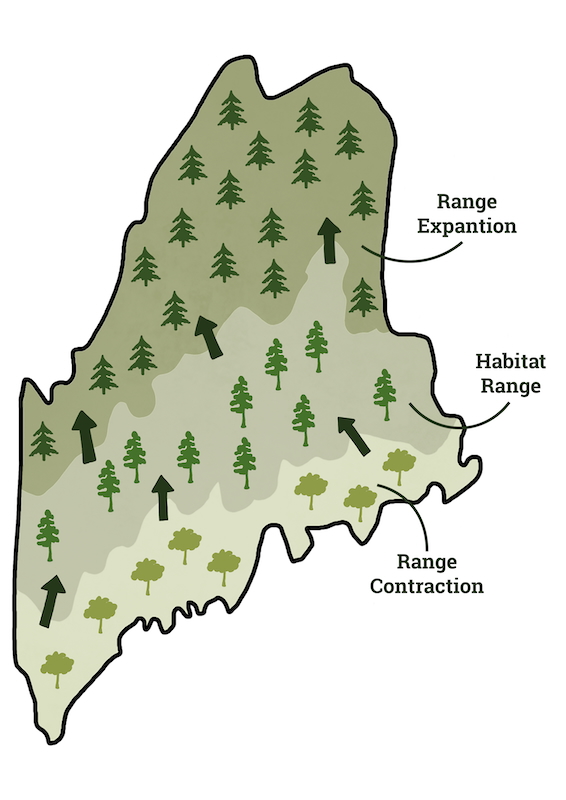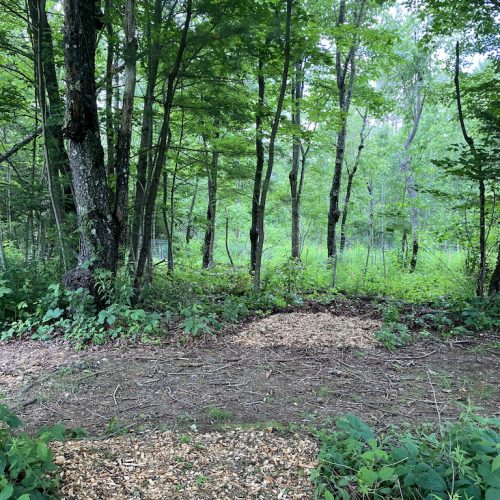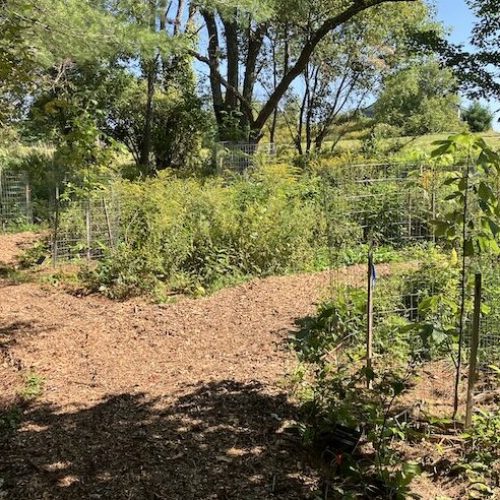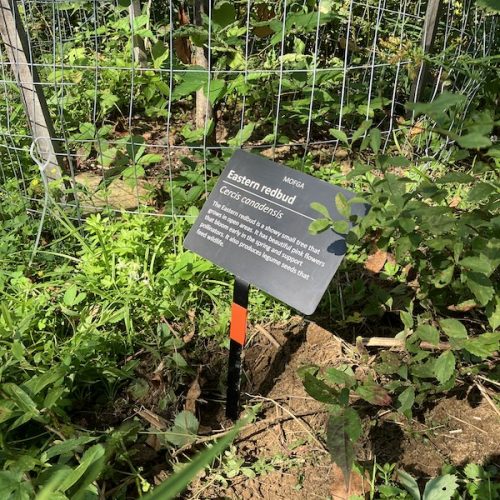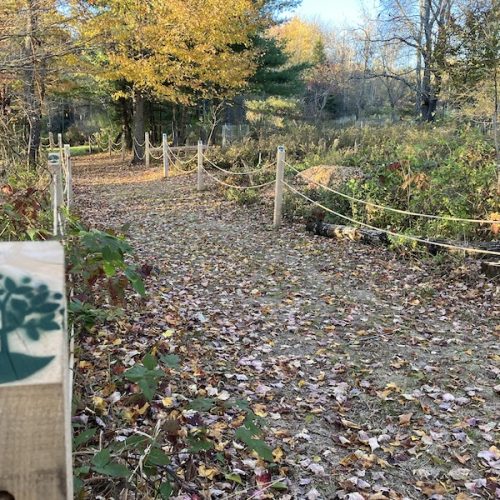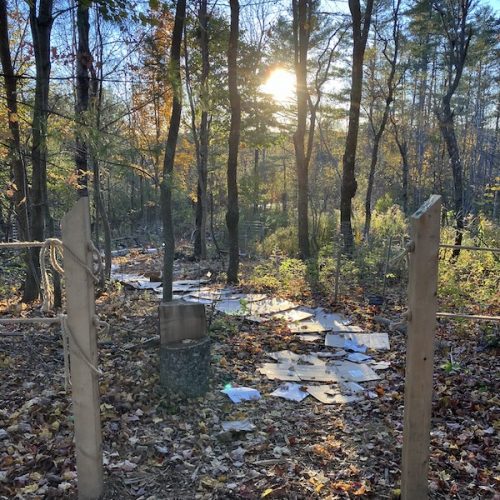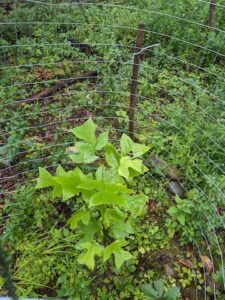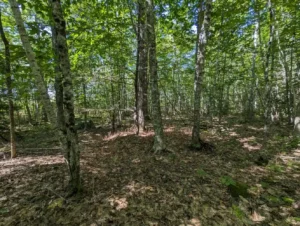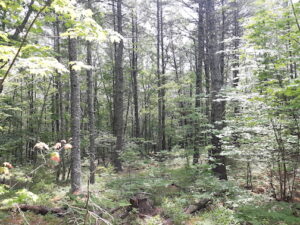Assisted Migration
Assisted migration is the practice of aiding species in their movement as a response to climate change. Our Low-Impact Forestry Program‘s assisted migration plot at our campus in Unity, ME, is experimenting with assisted migration and working to create a more climate resilient forest. Planted species include white oak, redbud, paw paw, sassafras, spicebush, black oak, tulip poplar, black gum, hackberry, and more! Plan a visit to our campus to see climate adaption in action!
Climate change is impacting Maine’s forests and ecosystems.
Despite a rapidly changing climate, the forest shifts slowly. Many native trees, other plants, and animals that evolved to survive the cold circumboreal climate of Maine are negatively affected by warming temperatures, changing seasons, and changing precipitation.
These impacts combine with other environmental pressures, such as development, pollution, and pesticides, as well as invasive plants and pests to create tremendous stress for Maine’s native flora and fauna.
What is Assisted Migration?
Migration for trees, known as range shifting, takes longer than the human-induced rate at which our world is warming, causing concern that we may lose tree species diversity from our landscape.
To help our forests migrate to places they will more likely prosper, and to give ourselves a bit of hope as well, scientists and community members are planting warm-adapted (southern) trees further north through a practice called assisted migration. Looking at current research and each tree’s beneficial characteristics, selected new trees are being planted here as a part of our assisted migration plantings.
